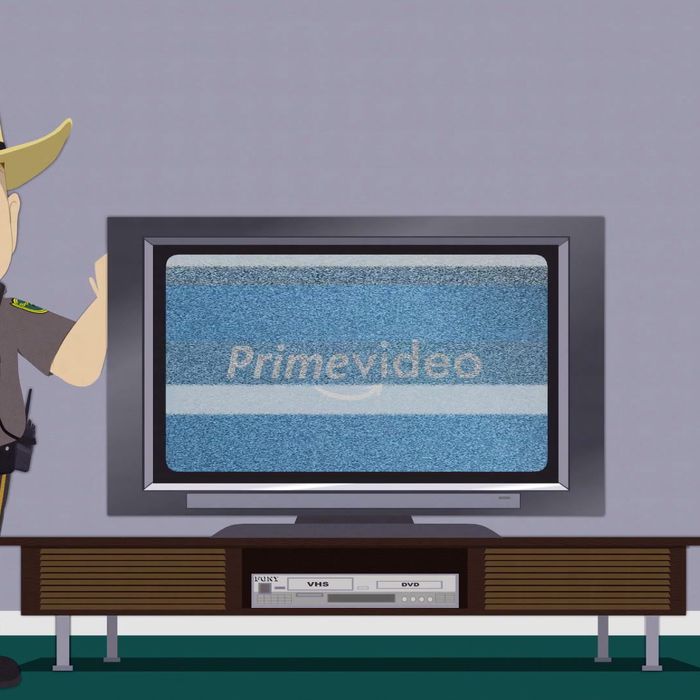
As more streaming services — like Disney+, Paramount+, and whatever the new combination of Discovery and HBO Max will be called — are launched, and more and more TVs have smart features built in, it’s become increasingly difficult to choose the right streaming device for you. For one thing, don’t assume you can just use whatever’s built into your TV. According to a Consumer Reports survey, 60 percent of smart-TV owners still buy separate streaming devices, indicating that the features offered by these TVs aren’t good enough to stand on their own. Often, their user interfaces can be clumsy or hard to navigate. Plus, dedicated streaming devices sometimes have convenient voice search that many TVs lack.
The most important thing to consider before buying is the image quality you want. If your TV isn’t capable of displaying 4K images, then you can save some money and buy a cheaper streaming device that only offers HD resolution. For the simplest search, voice control really is helpful, and the good news is most high-end devices include it. After that, it’s just finding the interface that you’re comfortable with — and, if you’re aesthetically inclined, the remote that you think will look best on your coffee table.
There’s no one “best” device, according to Sang-Jin Bae, the director of digital media at New York University’s Tisch School of the Arts Undergraduate Film & Television division. But this lack of perfection doesn’t mean you should go into your nearest Best Buy, turn in a circle, and buy whatever you see when you stop spinning. Important considerations include the device’s private-listening capabilities, Ethernet connectivity, longevity and sustainability, and price point. To find out which streaming device might be best for you, we talked to nine entertainment journalists, streaming professionals, and movie directors about the products they use and recommend to friends and colleagues.
Best overall streaming device (for most people)According to three of our experts, the Roku Ultra provides the best bang for your buck. At less than half the cost of the Apple TV, it offers most of the same functionality and supports mirroring technology (which lets you “mirror” the video on your phone or computer on your TV screen) for both PCs and Apple devices. Mark Feinberg, founder and CEO of home-theater-installation company Home Theater Advisors, recommends the Ultra to most of his clients. “It’s the most stable and reliable, requiring the fewest reboots, in our experience,” he says. It also integrates the best with multiple remotes, he says. And if your setup allows you to take advantage of it, the Ultra’s built-in Ethernet port, which cheaper streaming sticks lack, ensures clearer, faster streaming with less buffering time. Erin Lee Carr, a documentary filmmaker, also prefers the Roku Ultra. It stays connected to Wi-Fi better than other devices, she says, and has access “to all the TV in this known world,” including the Tennis Channel, which she watches while working on her documentaries.
Apple is famous for its slick, accessible design, and the Apple TV is no exception. The company released its newest 4K model, complete with a redesigned remote (thank God), in April, and it’s a welcome upgrade to what was already a pretty dependable product. “I’ve fiddled with other devices for family members, but the Apple TV is the only one I really want to have,” says Alissa Wilkinson, a film critic and culture reporter at Vox.com. “In addition to having channels for commercial streaming platforms and all of the press screening apps I need, I can use AirPlay [to mirror the screen from] my laptop or iPad. That’s proven vital for watching webinar-style Zoom broadcasts over the past year as well as anything that I can’t get straight to the TV.”
Tyler Hayes, a product reviewer for Newsweek, likes that the Apple TV 4K acts as a HomeKit hub, which allows you to control all of your connected devices. That, he says, along with “its support of high-end video and sound standards — and its brilliant screen savers — make it a great premium choice.” It’s also a great way for Apple Arcade subscribers to turn their TV into a gaming device. According to Sam Wunderl, a communications manager at Atmosphere, a streaming TV service for businesses, it’s a little more environmentally friendly than many other options, simply because it’s going to last longer. Apple also has a recycling program that can alleviate some of the environmental impact of an extra device, and Amazon will take your old Apple TV (as well as a multitude of other streaming devices) in exchange for an Amazon gift card through its electronics recycling program.
Though Wunderl prefers the Apple TV, he recognizes that it’s hard for everyone to justify spending nearly $200 on it. For those on a budget, he suggests the new Roku Express 4K+, which gives you 4K resolution despite its low price. Just note that you might need to replace it in a few years, since Wunderl has found that cheaper devices conk out sooner. “I’m a big fan of Roku, as far as just doing everything you need,” he says. “It’s tiny and works really well.” Plus, he notes that Roku added AirPlay last year, which allows you to stream from your iPhone to your Roku. If you like to watch TV at night after the rest of the family has gone to sleep, the Express lacks the headphone jack of the Ultra, so you’ll need to download the Roku app to your phone or tablet and listen through it. (For the easiest private listening, you’ll want an Apple TV or the Chromecast with Google TV, below. Both can pair with Bluetooth headphones.)
Chris Welch, a news editor at the Strategist’s sister site the Verge, recommends Google’s Chromecast in part because of its Google TV software, “which puts a huge emphasis on discovery and helping you find something to watch.” It’s a dongle device that plugs into your TV’s HDMI port, which means there’s no internal Ethernet capabilities, though you can buy an adapter if that’s something you really want. And at $50, it’s considerably cheaper than the Apple TV, with many of the same features. Unlike other streaming devices, in which you need to jump around between apps to find each service’s options, Google TV presents everything on a single, easy-to-browse screen. That isn’t to say you can’t scroll by genre or sections like “For You” or “Rom-coms,” but if you don’t know what you’re in the mood for, Chromecast makes it easy to browse until something catches your eye. The device isn’t flawless, though: Not every app supports Dolby Vision and Dolby Atmos surround sound, which might frustrate technically minded consumers.
If you are interested in sustainability, your best option is to stick with the computer you already own, says Kyle Wiens, the founder of iFixit. He uses his PC to stream movies or his laptop to watch shows in bed. A PC “works fine; no obsolescence,” he says. “And with the Netflix app, I can store shows off-line to watch when I’m off the grid.” When you want a larger screen, Nace Zavrl, a graduate student in film and visual studies at Harvard University, suggests connecting a computer directly to the television. You can use just about any streaming service on your computer, he points out, “and you have more power to adjust technical settings than a set-up box would.” There are a few ways to connect your computer to your television, so here’s a quick guide to get you started.
The Strategist is designed to surface the most useful, expert recommendations for things to buy across the vast e-commerce landscape. Some of our latest conquests include the best acne treatments, rolling luggage, pillows for side sleepers, natural anxiety remedies, and bath towels. We update links when possible, but note that deals can expire and all prices are subject to change.
"device" - Google News
June 10, 2021 at 11:50PM
https://ift.tt/3cxQAry
The Best Streaming Devices, According to Experts - New York Magazine
"device" - Google News
https://ift.tt/2KSbrrl
https://ift.tt/2YsSbsy
Bagikan Berita Ini
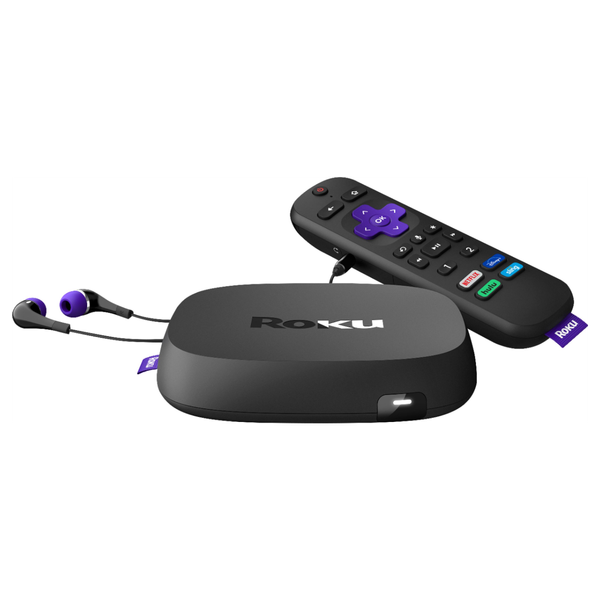
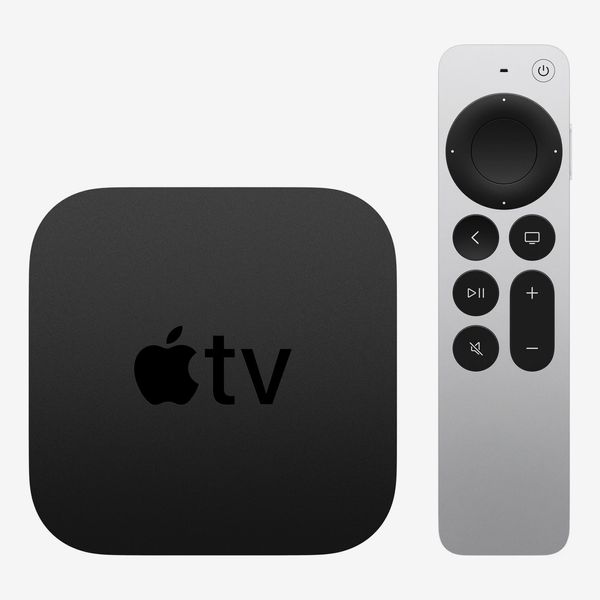
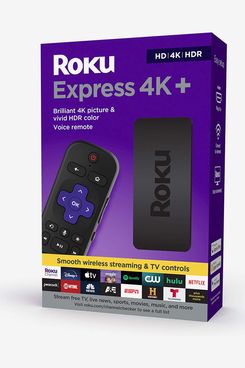
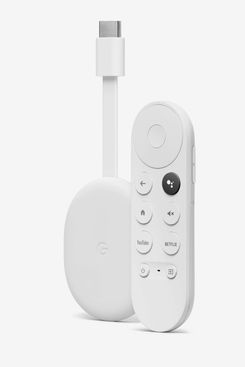














yarn Dyed face towels
ReplyDelete